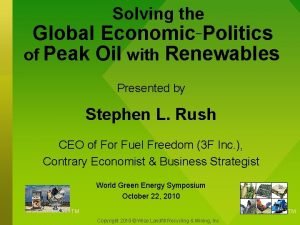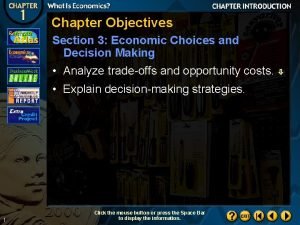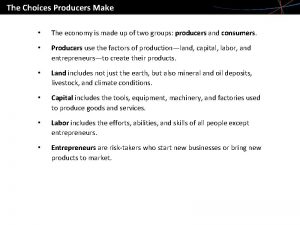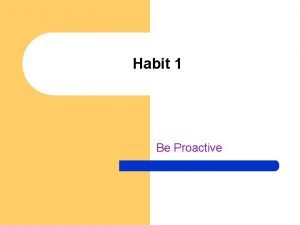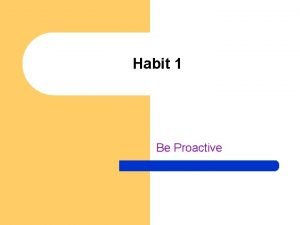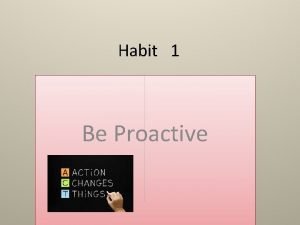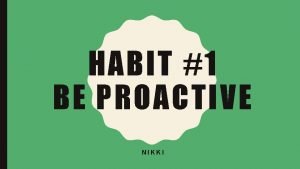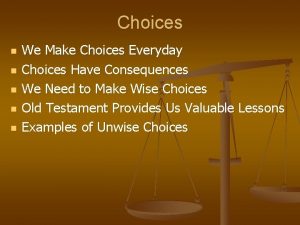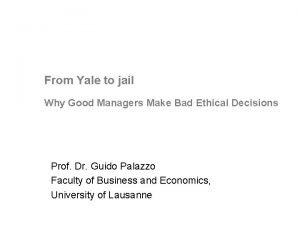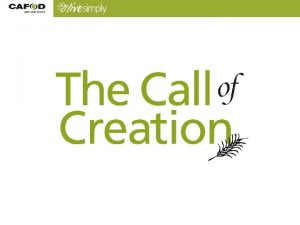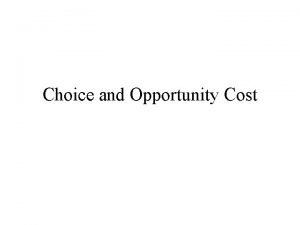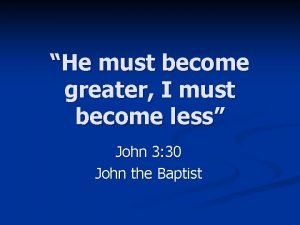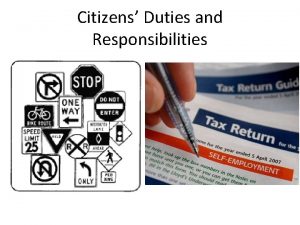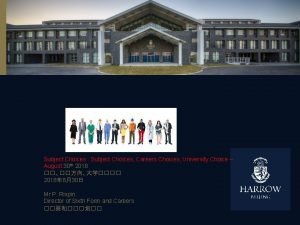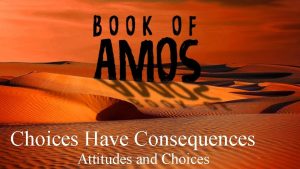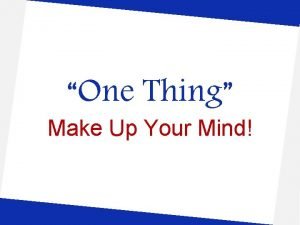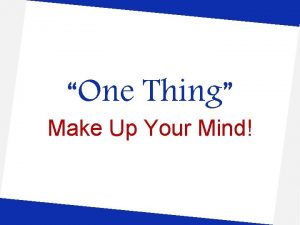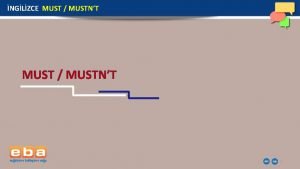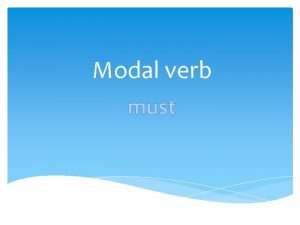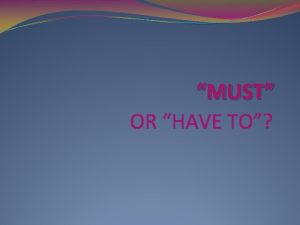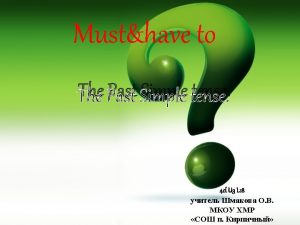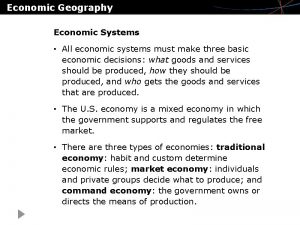What is Economics Economic Choices Citizens must make















- Slides: 15

What is Economics?

Economic Choices �Citizens must make them every day. �Choices occur because resources are limited �Needs are required, such as food and shelter �Wants make life more comfortable and enjoyable, like vacations

Economic Choices (cont. ) �Economics is the study of decisions made in a world of limited resources • How things are made, bought, sold and used

Economic Choices (cont. ) �Economic models include: • Microeconomics: focuses on the small picture (individuals and businesses) • Macroeconomics: focuses on the big picture (governments, whole industries, societies) �US functions on free enterprise capitalismproduce things their people want and need

The Problem of Scarcity �Scarcity means there is not enough �Scarcity of resources forces people to make economic decisions • No country has enough resources to produce what is necessary


The Problem of Scarcity (cont. ) �Countries have to make choices: • What to produce? • How to produce? • For whom to produce?

Trade-Offs �People must understand the costs and benefits of economic choices to make the best choice �A trade-off requires someone to decide to do one thing rather than another • Made by individuals, businesses, societies


Trade-Offs (cont. ) �Opportunity cost is the second best use after choosing one thing over another • Includes money, time, inconveniences, and so on

Costs and Revenues �There are ways to measure different types of costs and benefits.

Costs and Revenues (cont. ) �Types of Costs: • Fixed: does not change; has to be paid no matter what • Variable: changes based on what is produced • Total: fixed costs + variable costs • Marginal: cost of producing one additional unit of output

Costs and Revenues (cont. ) �Types of Revenues (money coming in) • Total revenue = number of units sold multiplied by average price per unit • Marginal revenue: made by selling one extra unit of a product

Costs and Revenues (cont. ) �Marginal benefit is an additional benefit associated with an action �Cost-benefit analysis requires rational economic decision making

 Lesson 2 our economic choices
Lesson 2 our economic choices Economic choices
Economic choices Chapter 1 section 3 economic choices and decision making
Chapter 1 section 3 economic choices and decision making Choices producers make
Choices producers make Proactive
Proactive Habit 1: be proactive examples
Habit 1: be proactive examples Reactive people make choices based on
Reactive people make choices based on Proactive vs reactive video
Proactive vs reactive video Choices we make everyday
Choices we make everyday From yale to jail
From yale to jail We make choices everyday
We make choices everyday Renew
Renew Scarcity forces us to make
Scarcity forces us to make School of business and economics maastricht
School of business and economics maastricht Non mathematical economics
Non mathematical economics He must become greater; i must become less
He must become greater; i must become less

